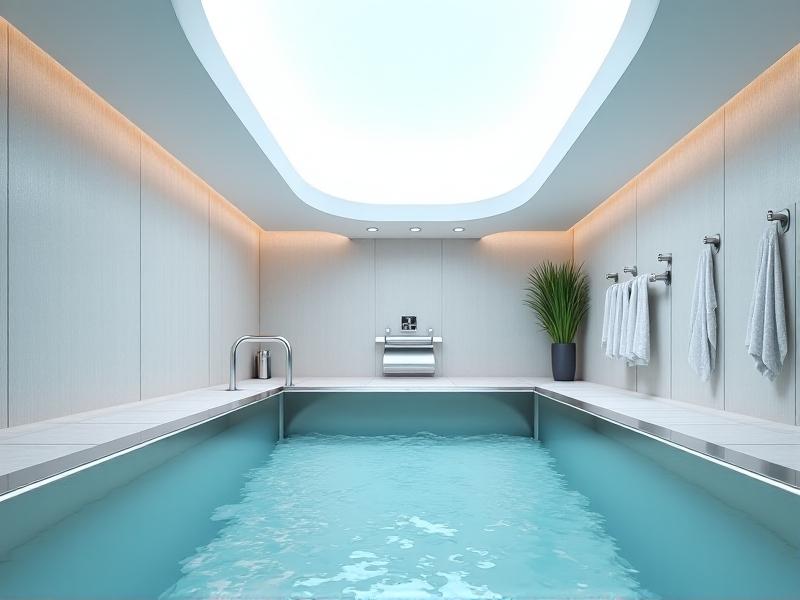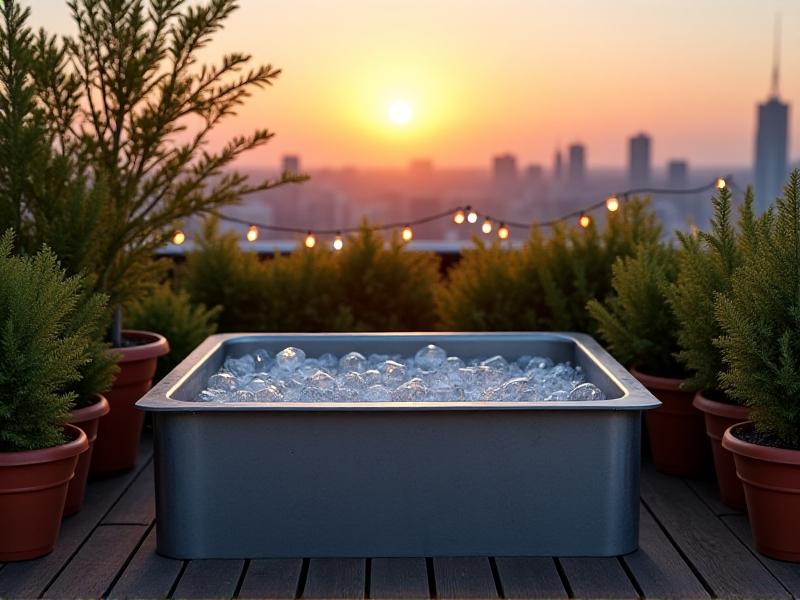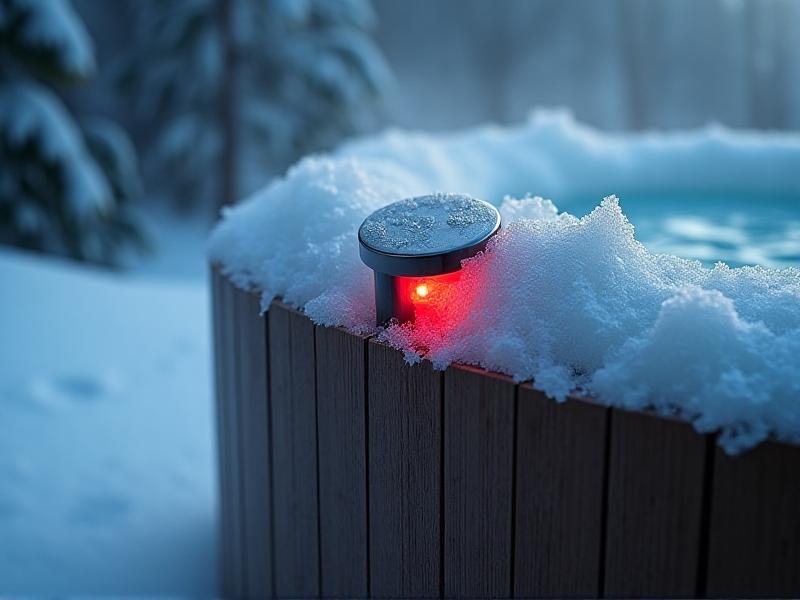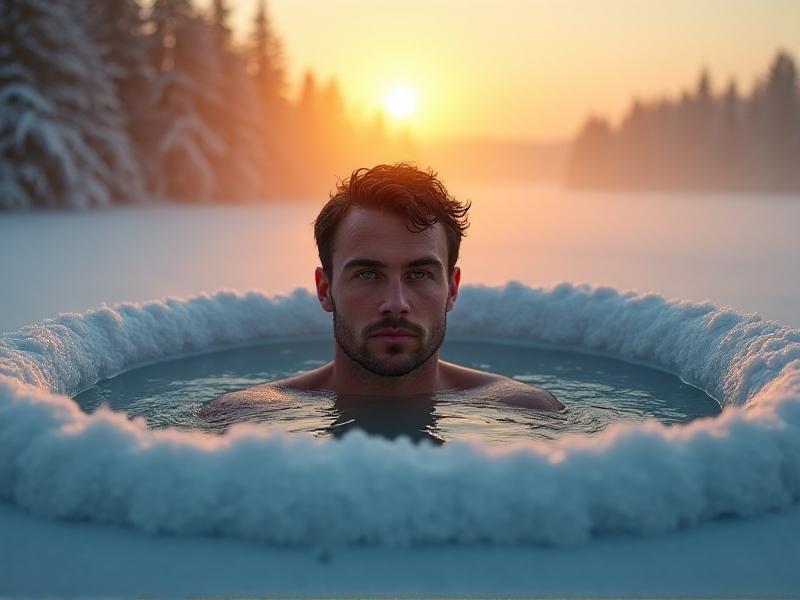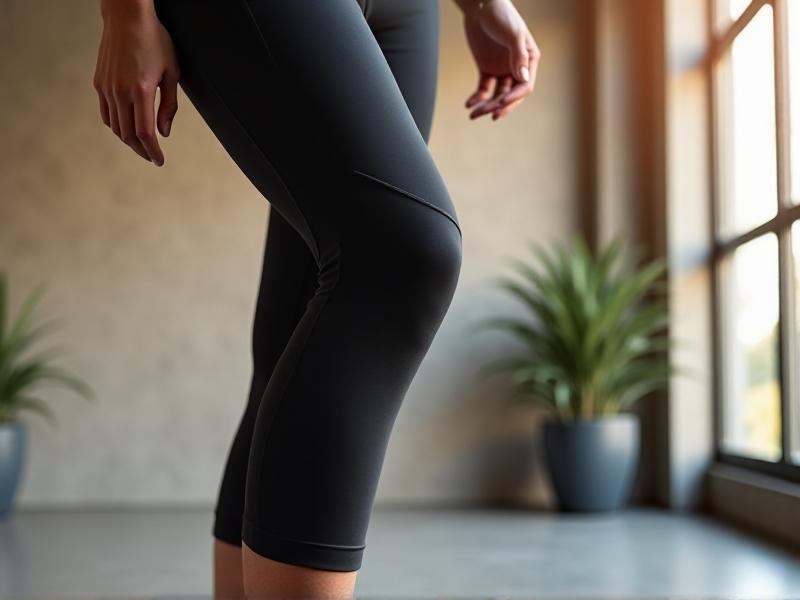Filtration Systems for Reusable Ice Bath Water
The Importance of Clean Ice Bath Water
Ice baths are widely used in athletic recovery, physical therapy, and wellness practices to reduce inflammation, ease muscle soreness, and enhance circulation. However, reusing water without proper filtration can lead to contamination from bacteria, skin cells, oils, and organic debris. A reliable filtration system ensures the water remains hygienic, extends its usability, and minimizes waste. Beyond health benefits, effective filtration aligns with sustainability goals by reducing the need for frequent water replacement.
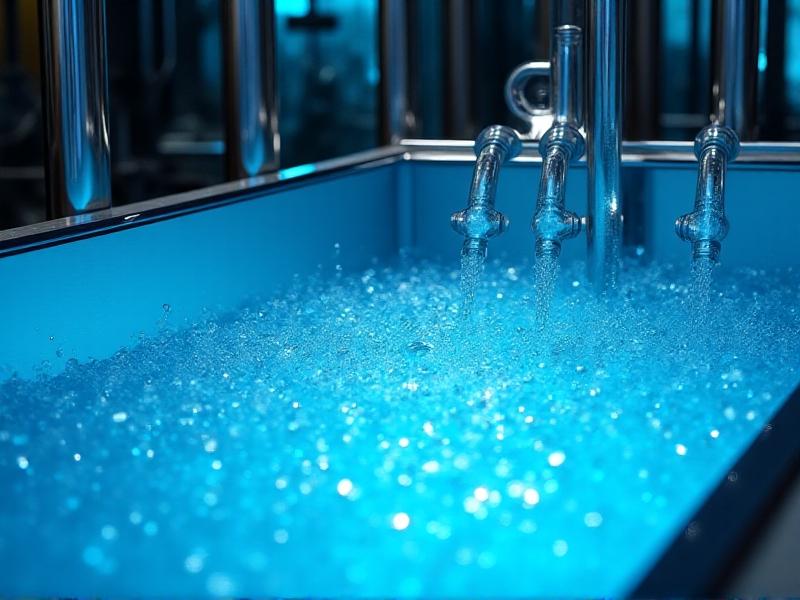
How Filtration Systems Work: Mechanics and Components
Filtration systems for ice baths typically combine mechanical, chemical, and UV-based methods. Mechanical filters trap particles like dirt and skin flakes through mesh or ceramic cartridges. Chemical filters use chlorine or bromine tablets to neutralize pathogens, while UV-C light disrupts microbial DNA, preventing reproduction. Advanced systems integrate sensors to monitor pH levels and turbidity, automatically adjusting treatment parameters. A pump circulates water through these stages, ensuring consistent quality and reducing stagnation.
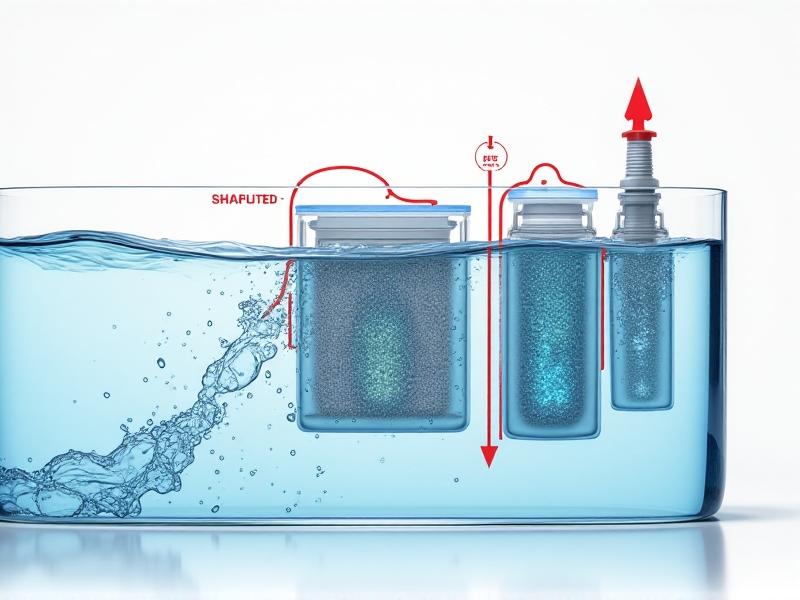
Types of Filters for Reusable Ice Bath Water
Mechanical Filters: These capture physical debris using sand, cartridge, or diatomaceous earth (DE) filters. Cartridge filters are low-maintenance, while DE offers finer particle retention. Chemical Filters: Chlorine or bromine tablets dissolve slowly to sanitize water but require careful dosage. UV Sterilizers: UV-C light eliminates bacteria without chemicals, ideal for users sensitive to additives. Ozone Generators: Ozone gas oxidizes contaminants, providing rapid disinfection. Hybrid systems combine these methods for multi-layered protection.
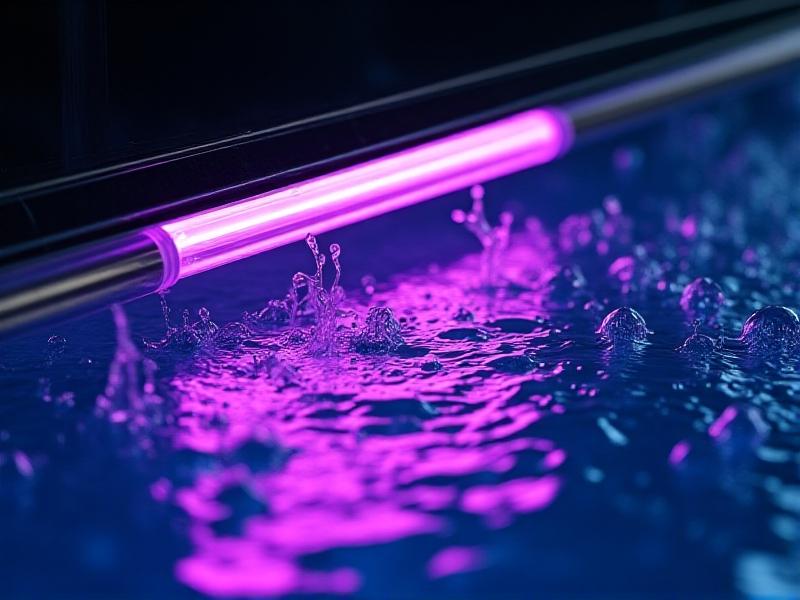
Choosing the Right Filtration System
Consider the bath’s size, frequency of use, and user sensitivity. For small, personal baths, a compact UV or cartridge system may suffice. Large athletic facilities benefit from hybrid systems with automated monitoring. Budget constraints might prioritize mechanical filters with periodic chemical treatments. Always check certifications like NSF/ANSI standards for safety. Consult specialists to balance upfront costs with long-term savings on water and maintenance.

Maintenance and Care for Long-Term Efficiency
Regular maintenance is critical. Clean mechanical filters weekly to prevent clogs, and replace cartridges every 3–6 months. Test chemical levels daily to avoid under- or over-sanitization. UV lamps lose efficacy over time—replace them annually. Drain and scrub the tub monthly to eliminate biofilm. Log maintenance activities to spot trends and optimize schedules. Neglect can lead to system failure, risking user health and higher costs.
Benefits of Filtration vs. Disposable Water
Reusable systems cut water consumption by up to 80%, reducing utility bills and environmental impact. They provide consistent water quality, crucial for athletes requiring reliable recovery. Disposable methods involve constant reheating and cooling, wasting energy. Though initial setup costs are higher, long-term savings and sustainability make filtration the ethical and economical choice.
Case Studies: Filtration Success Stories
A university sports team reduced muscle injury recovery time by 25% after installing a hybrid UV-ozone system. A spa reported 90% client satisfaction due to odor-free, clean baths. A rehabilitation center minimized downtime with automated pH monitoring, ensuring safe conditions for immunocompromised patients. These examples underscore filtration’s role in enhancing outcomes across industries.
Future Innovations in Ice Bath Filtration
Emerging trends include IoT-connected systems that sync with apps for real-time alerts and predictive maintenance. Solar-powered units aim to reduce energy dependency. Nanotechnology filters promise finer contaminant removal. Biodegradable filter materials are under development to address landfill waste. These advancements will make filtration systems smarter, greener, and more accessible.

